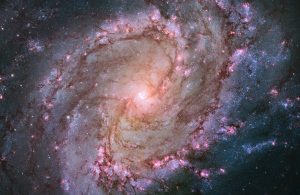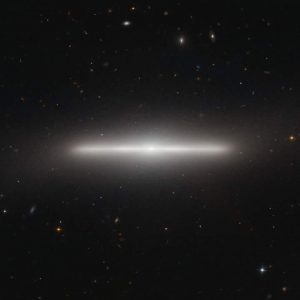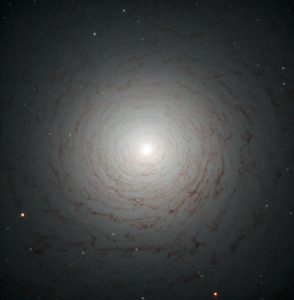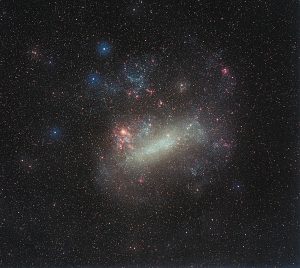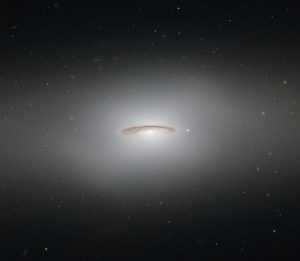galassia
Genesi Stellare nella Girandola del Sud
La bellezza della galassia a spirale barrata Messier 83 è svelata in tutta la sua gloria in questa immagine del telescopio Hubble. Le vivaci tonalità magenta e blu rivelano che la galassia risplende di formazione stellare. Conosciuta anche come Girandola del Sud, si trova a 15 milioni di anni luce di distanza nella costellazione dell’Idra. Continua a leggere
Una Galassia Straordinariamente Sottile
Questa sorprendente galassia, chiamata NGC 4452, appare esattamente di taglio se osservata dalla Terra, permettendoci di ammirare una straordinaria immagine di miliardi di stelle viste da un’insolita angolazione. Continua a leggere
Una misteriosa antica spirale
Questa spettrale immagine ripresa dal telescopio Hubble rivela l’impressionante centro della galassia NGC 524. È una galassia di tipo lenticolare, uno stadio intermedio nell’evoluzione galattica tra le ellittiche e le galassie a spirale; si trova nella costellazione dei Pesci, a circa 90 milioni di anni luce dalla Terra. Continua a leggere
SMASH 1: satellite dal futuro segnato?
Un debole sistema stellare dal nome SMASH 1 potrebbe essere una galassia satellite della Grande Nube di Magellano. Tuttavia il suo futuro è incerto e probabilmente già segnato, dal momento che la piccola SMASH 1 potrebbe essere presto distrutta dall’azione gravitazionale della galassia più grande. Continua a leggere
Serenità apparente in NGC 4526
Questa piccola elegante galassia ripresa dal telescopio Hubble è conosciuta come NGC 4526. Le sue fasce oscure di polvere e il bagliore diffuso le conferiscono l’aspetto affascinante di un’alone sospeso nel vuoto dello spazio. Continua a leggere
Una galassia ostinata
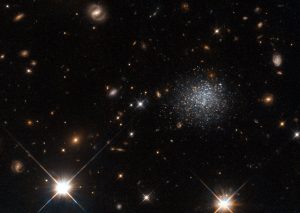
L’insieme di stelle visibili in questa immagine del telescopio Hubble rappresenta un’affascinante galassia nana denominata LEDA 677373, che si trova a circa 14 milioni di anni luce di distanza dalla Terra. Continua a leggere
